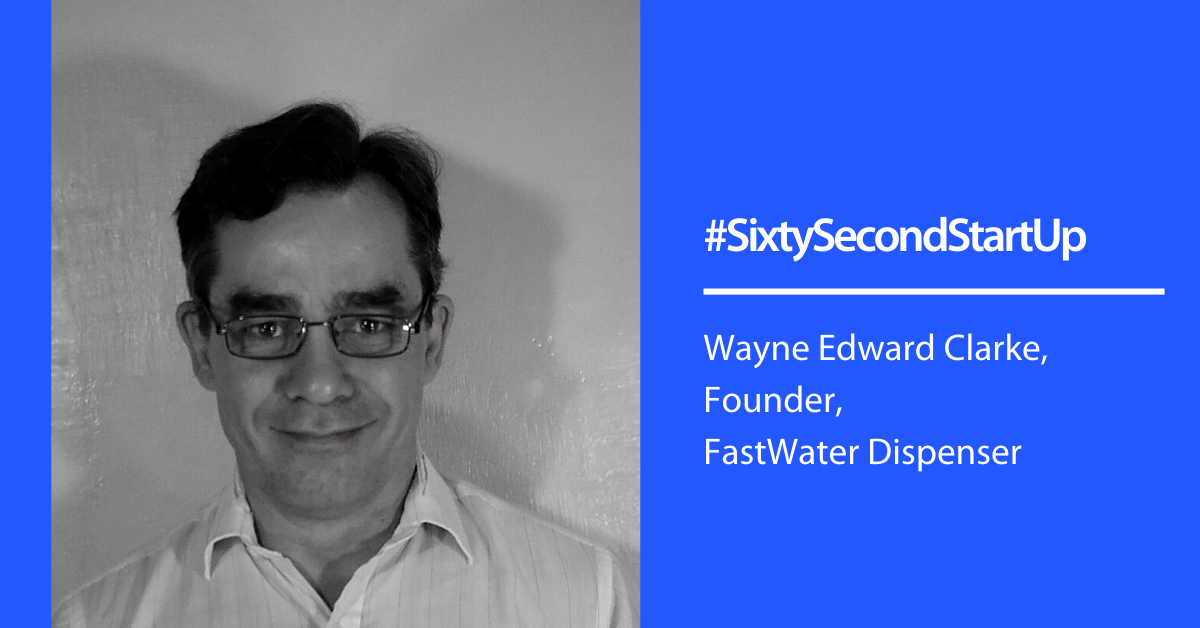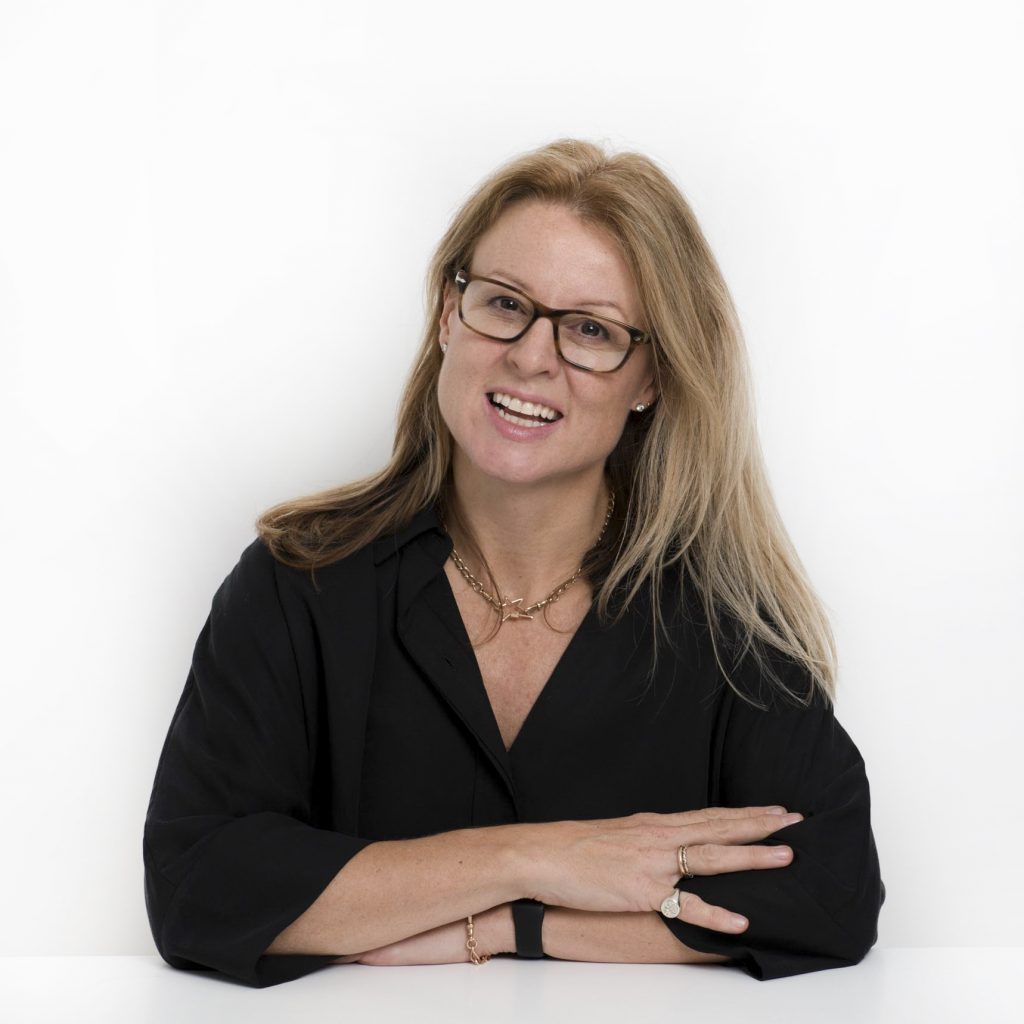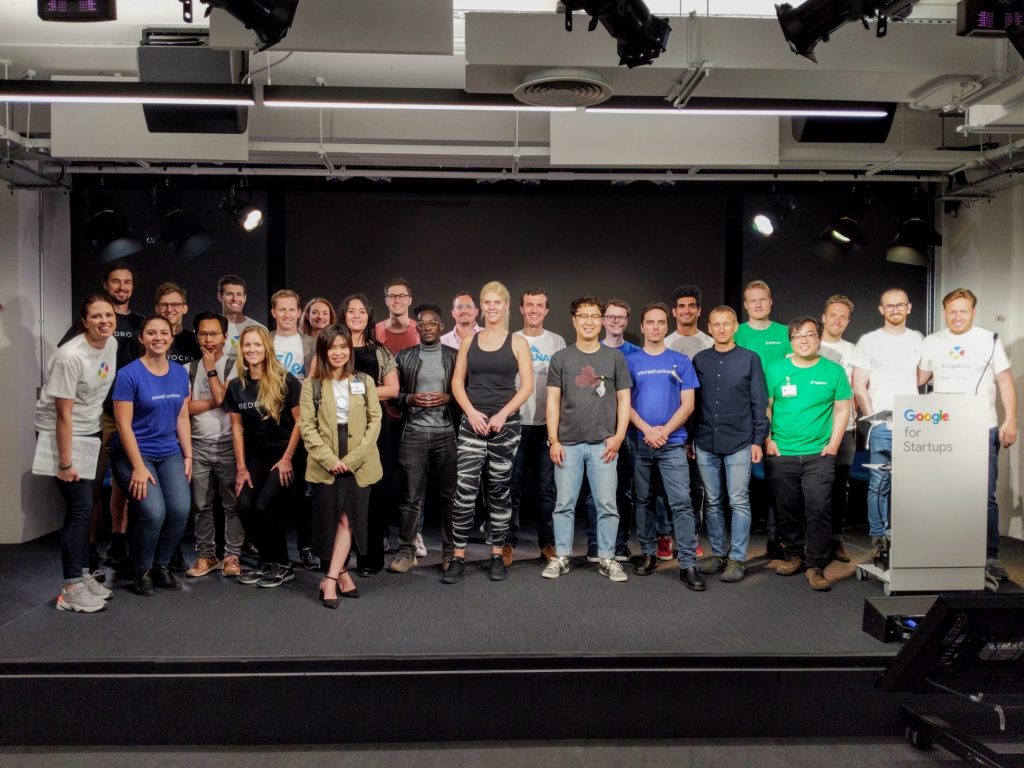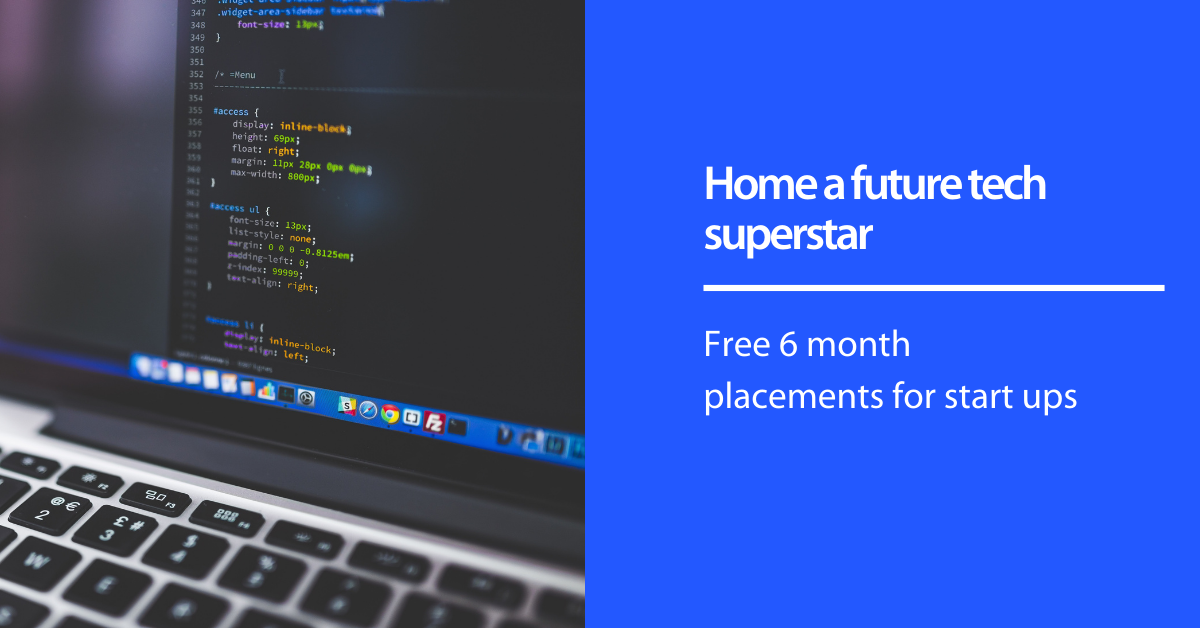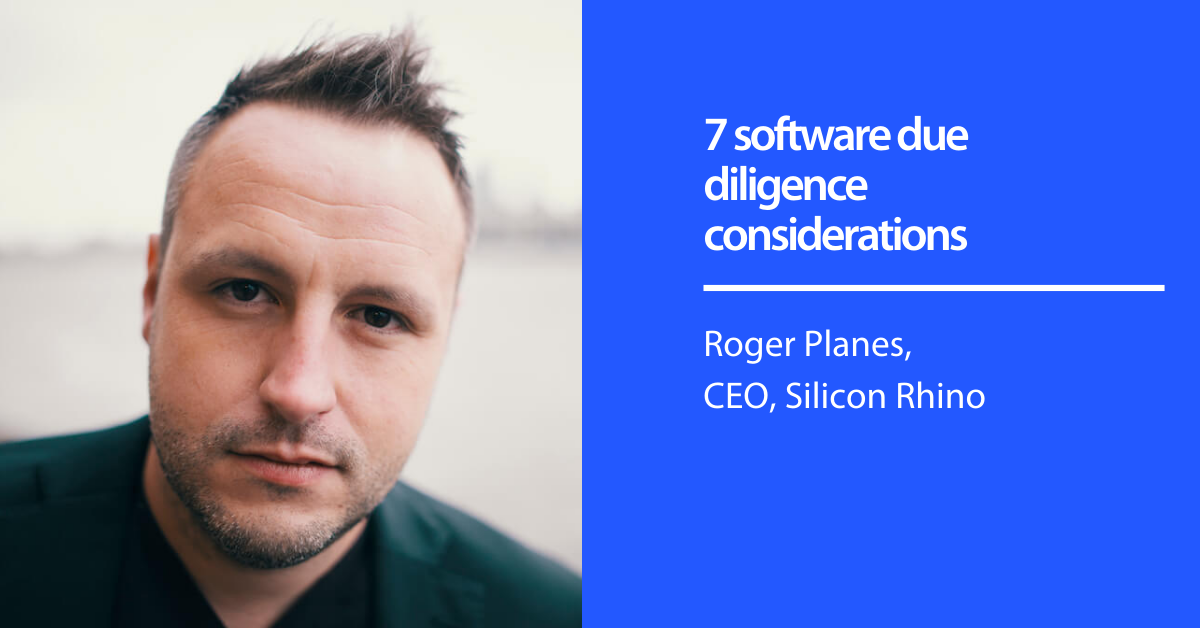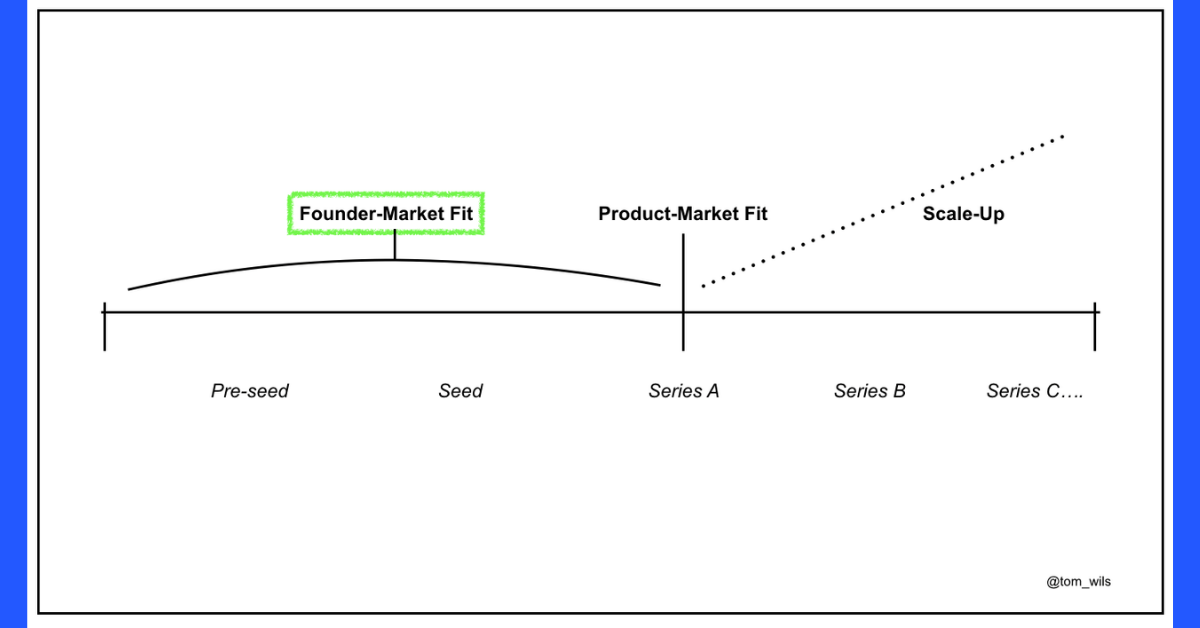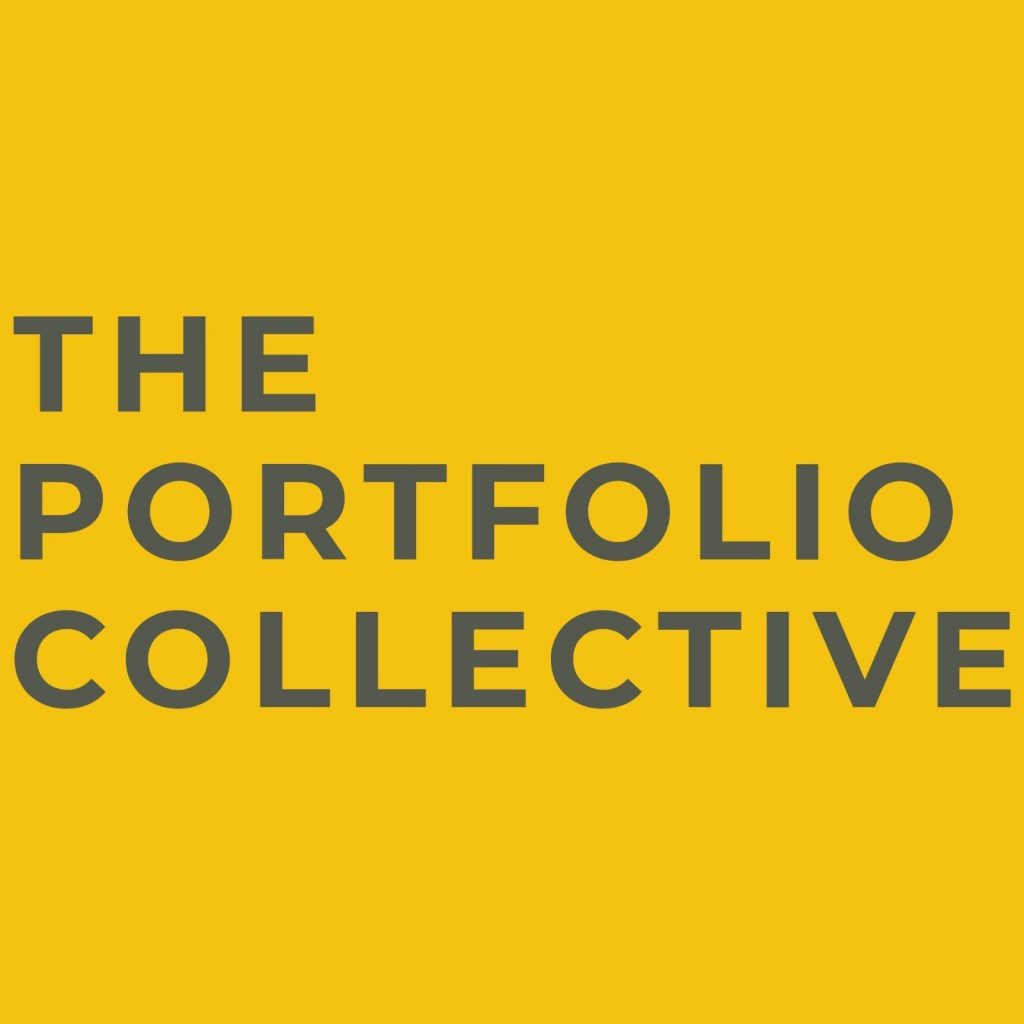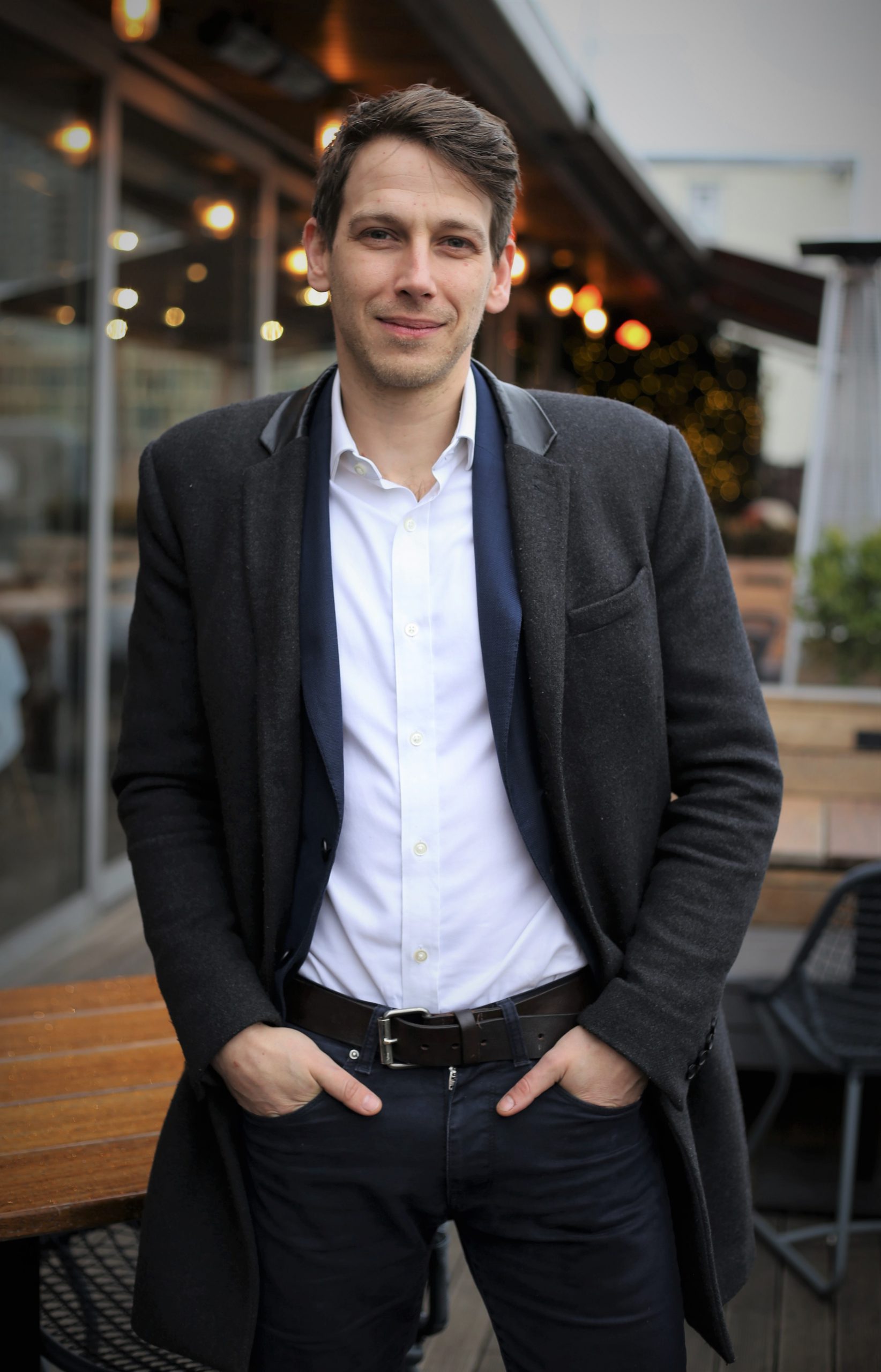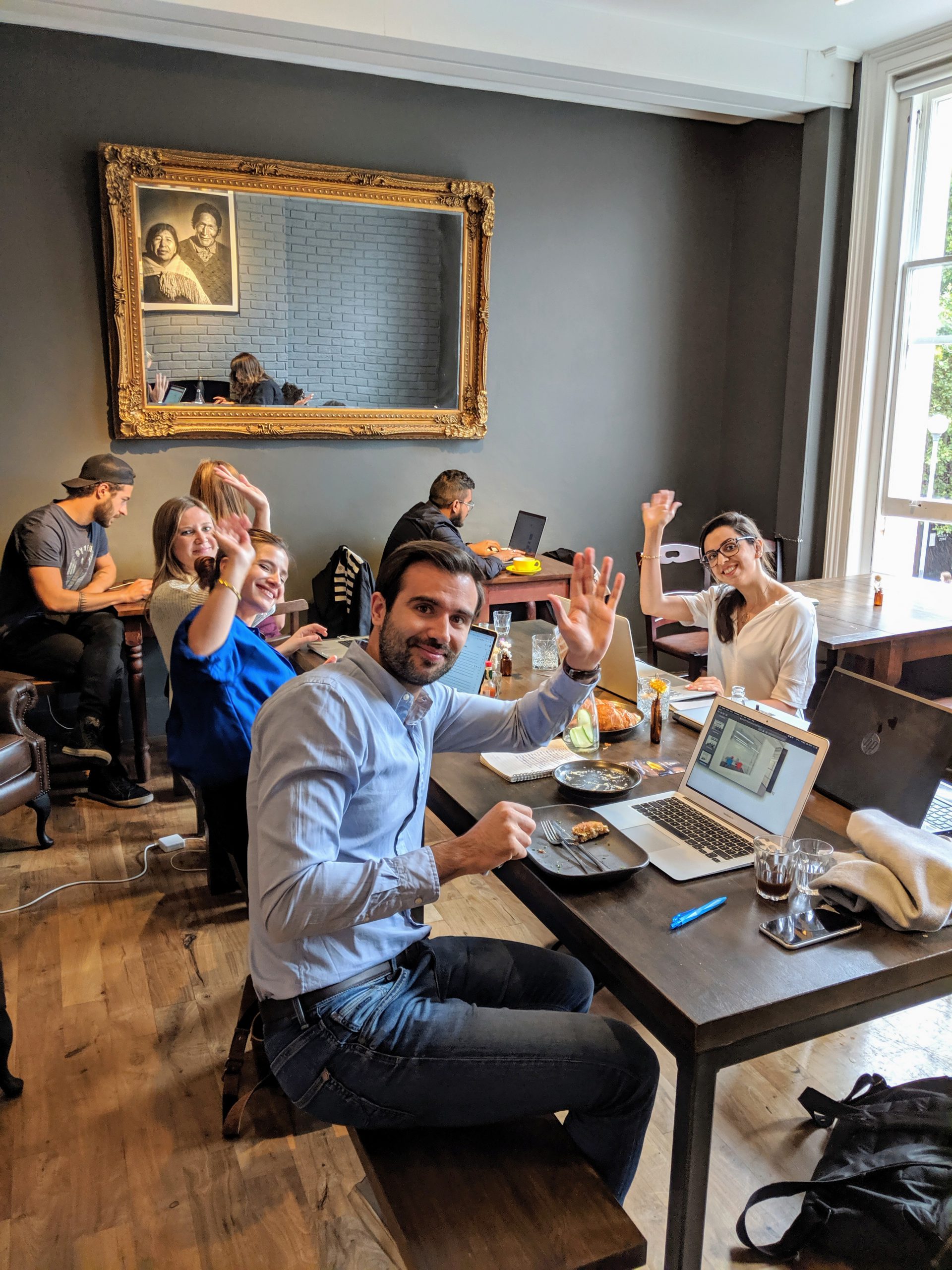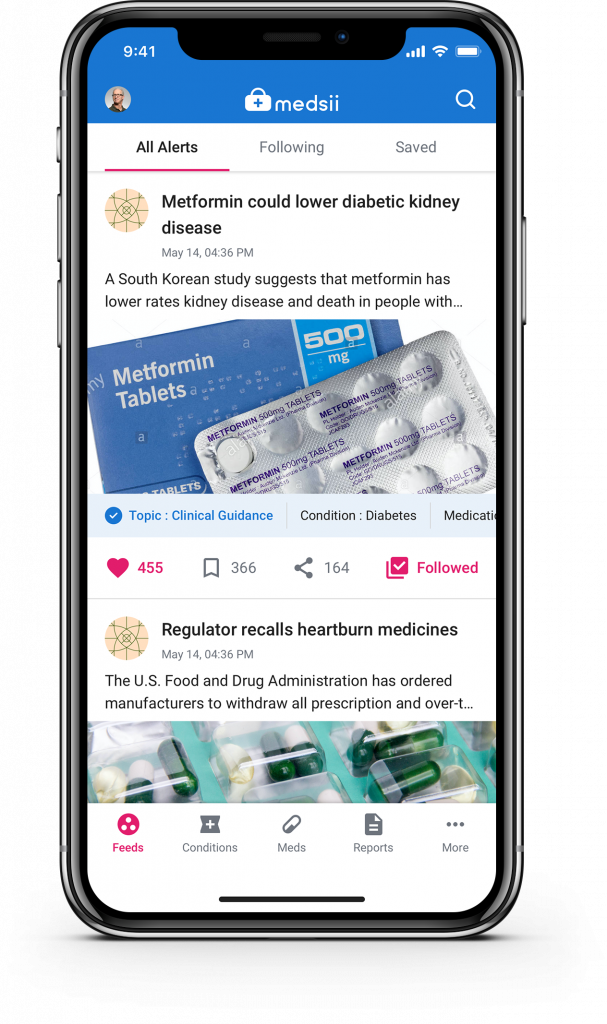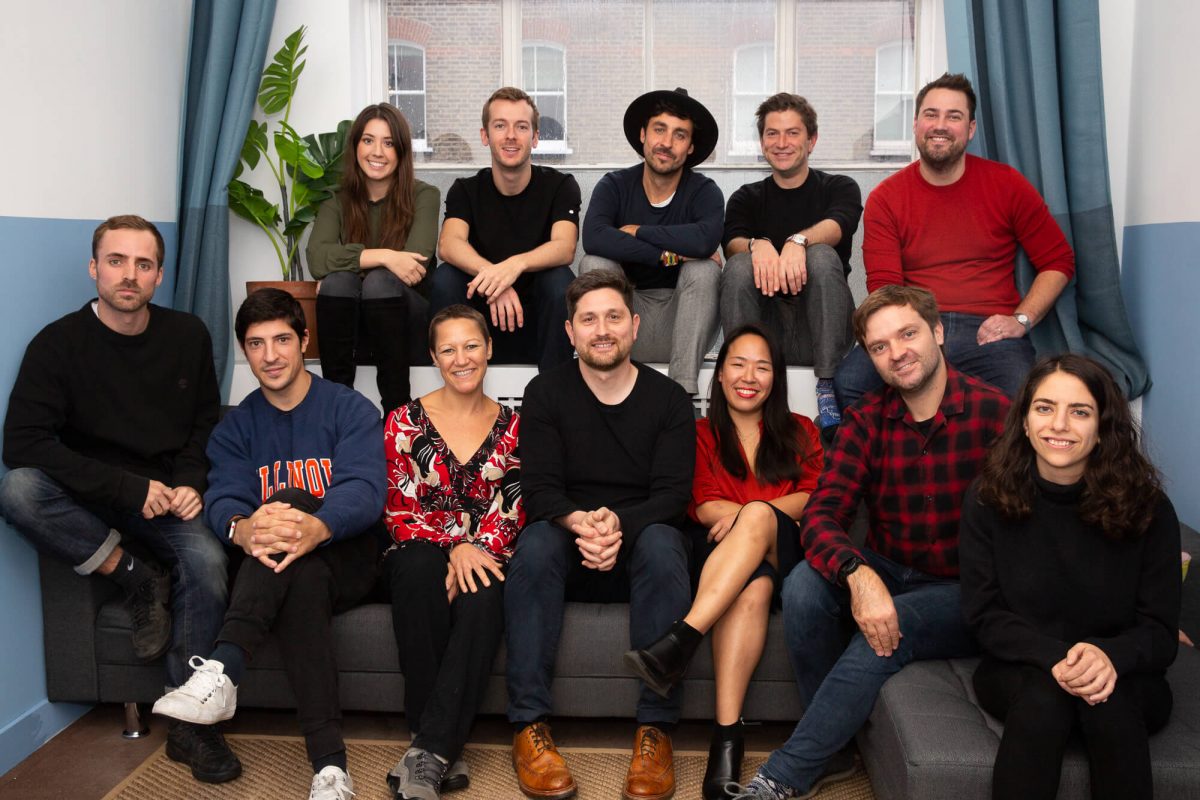We caught up with Wayne Edward Clarke, Founder of Fast Water Dispensers, who explains how he is revolutionising water dispensers in the Philippines.
What does your company do?
We manufacture a revolutionary new kind of water dispenser for refillable blue 5 gallon water bottles.
Why did you set up this company?
I come from Calgary, Canada, where the tap water is top quality drinking water. When I moved to the Philippines I wasn’t used to using refillable water bottles for drinking water, as everyone does here. The long amount of time it took to draw a coffeepot full of water from a standard water dispenser to make coffee every morning became more frustrating until it was intolerable.
I searched the stores and online retailers for a faster water dispenser, and found that there were none available.
It took a few days of research, design, and fabrication to produce the item that I now consider to be my proof-of-concept prototype, and I used it successfully for months. I realized that there must be millions of other people who are as frustrated with their water dispensers as I had been, and I recognized that this was an opportunity that was too good to let slip away.
The key to our success will be:
-A product design that’s a disruptive improvement over all the existing competitors
-A tough, quality, environmentally friendly product that should last a lifetime for a price that’s competitive with cheap plastic Chinese dispensers
-The very low cost of labor in the Philippines
-0% taxes for 6 years and zero import/export fees in the Philippines Special Economic Zones
-Utilizing the training techniques of elite athletic teams to achieve world-class employee performance -A manufacturing process that achieves an unbeatable investment-to-production ratio by utilizing very ingenious jigs and simple machines but no complex or expensive machines.
Our most effective marketing channel will be:
-Online retail sites such as Amazon, Lazada, Alibaba Express, etc.
What we look for when recruiting:
Bright, adaptable, fast learners. This applies to our office workers and to our factory workers, who will also need good hand and tool skills. At the pace we’ll be working we’ll need to rotate the assembly line teams from station to station fairly often to avoid repetitive motion injuries and employee burnout and to keep morale high, so they’ll each have to learn every task in the factory.
Once we reach sales of about 2 million FastWater Dispensers per year in it will be worth transitioning to a completely automated robotic assembly line. We’ll then use our highly trained and integrated manual manufacturing teams to build and operate the assembly line for our next ingenious product design, of which I have many, and the entire cycle should repeat about every three years.
The biggest mistake that I’ve made is:
Not researching Alibaba and the Chinese suppliers represented there sufficiently before researching my costs for equipment and materials. I’d prefer to buy from local Philippines suppliers, but there’s only a few of them and they’re hard to find and communicate with compared to the crowds of companies on Alibaba. The Chinese companies can be challenging to communicate with because of language and cultural issues, and I wish I’d learned more about that before I started. Having dealt with many of them to cost out my business plans, it’ll be a lot easier when I start purchasing.
We worked with AIN because:
AIN seemed like the method of raising financing that was most likely to get results. There seems to be a lot of fundraising services that specialize in online and high-tech businesses, and a few who cater to emerging market businesses like the guy who wants to upgrade his small pineapple farm, while AIN represents a much broader spectrum of what I think of as ‘normal businesses’, like mine.
How has coronavirus impacted your business and your fundraising plans?
-In-person networking has gone from being the most important part of any fundraising strategy to being almost impossible. I’m not sure if we’ll be able to reach our fundraising goals without it, but we’re giving it our best shot!
How are you coping with lockdown, and what is your strategy for it?
I’m doing pretty well, thanks. I already worked online from home, so my life hasn’t changed much. It would be very hard if I were single, but luckily I have a fulfilling relationship so we can keep each other company. I’m an n95mask and face shield guy, I take every precaution, because I’m 57 so I’m in a moderately high-risk group, and I’m not taking any chances.
Keen to hear more?
If you would like to see what other companies are up to on Angel Investment Network, or are interested in raising funding yourself, you can find your local network here.

